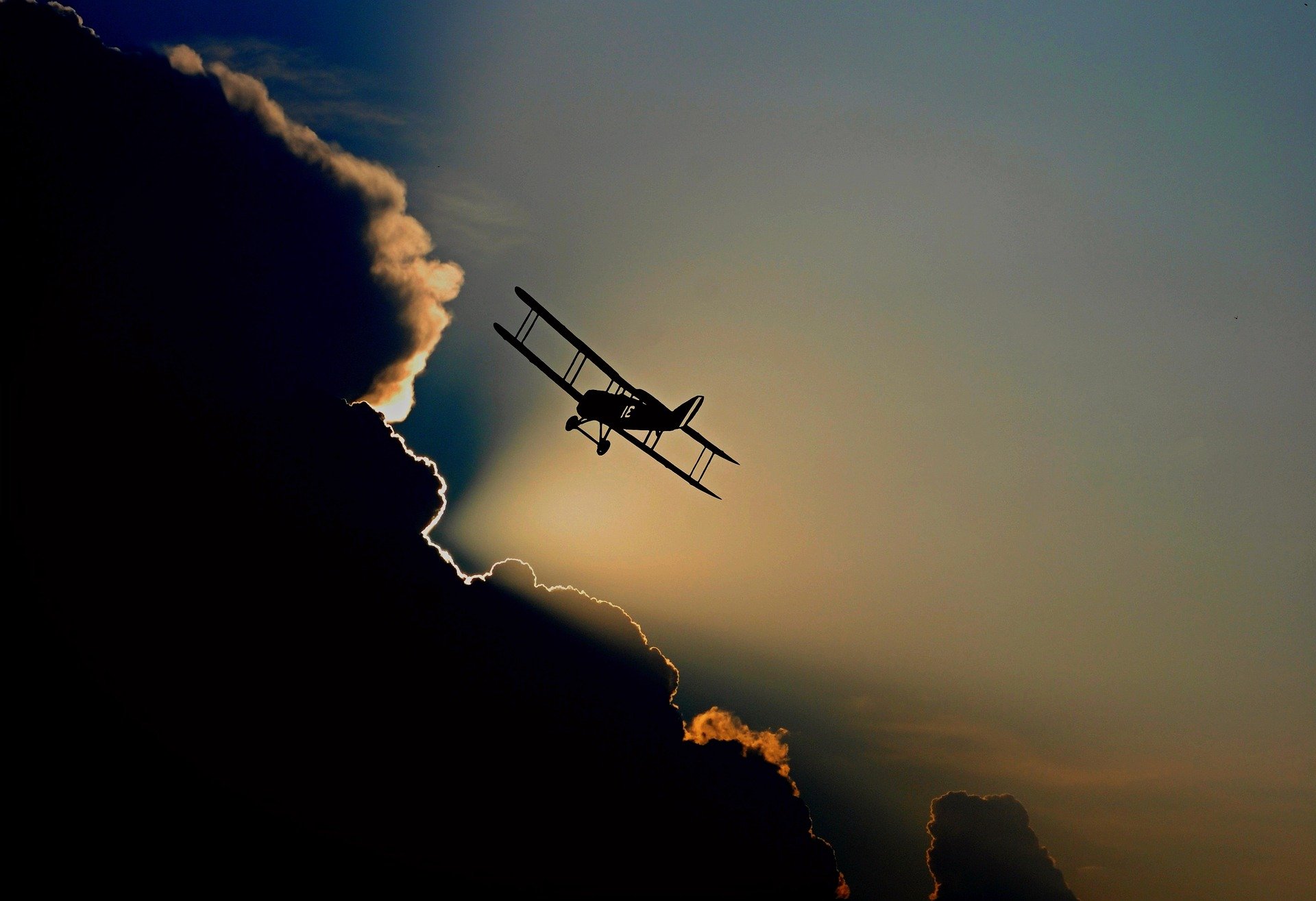It is assumed that the currently used tube and body design may well be the last thing standing between us and the truly sustainable eco-friendly air travel. The giants in the industry like Nasa, Airbus, Boeing all of them substantially put hectic amount of resources to conduct a research for a new kind of plane that should see the drastic improvement over tube and wing design. To learn more about the successes and failures of the companies involved into the engineering process of airplanes, read this article.
The development of a Blended Wing Body
The whole experiment and research has still been carried out and lot of machines gone wasted and built to finally make a breakthrough in the airline industry. This led to the design that lot of these giants are relying on to is the, Blended Wing Body (BWD) which is also refer to as Hybrid Wing Body (HWB). To understand the advantage of this concept we need to look at some of the cons exist in the tube and body design.
The design of a typical airplane
If you take a look at one of the typical airliner, a Boeing 737 for instance, from the side way, you will notice a common design pattern. The very very first thing you should look is at the centre of the plane. You will notice the engine is slightly placed forward than the centre of the plane. This is done intentionally, because this engine acts as the centre of gravity for this planes.
All of the lift will act based on this point. The centre of the lift is located behind the engine. This is done in such a way as to allow this act as the medium to force the plane nose downward without a counter-acting downward force.
This is where the horizontal stabilizer come in play. It is due to the horizontal stabilizer located far back of the plane, those little wings on the both sides of the tail of the plane, the plane is able to maintain its stability and control. Yet, the curiosity lies in somewhere else. The downward force that exists in this design is not exactly what we are looking for.
We are trying to fly up, not down. We want a force to the up, not down to be precise. This is where the flaw is found in this tube and wing design. This mechanism of flying against the downward force during the lift off consumes an unbelievable amount of fuel.
Induced Drag vs Parasitic Drag
There is a concept called ‘Induced Drag’. This is an aerodynamic drag force that occurs during a moving object redirecting the airflow coming at it. There is another kind of drag called ‘Parasitic Drag’. This a drag combined form of drag and skin friction drag.
A form drag or pressure drag arises due to the shape of the object. Bodies with larger presented cross-section will have a higher drag than the thinner bodies and this increases over velocity. Skin drag arises from the interaction between the fluid and the skin of the body. The total surface area of the plane is referred to as the weighted area. This has its origin from the naval engineering where the total weight of the ship remains under the water.
The tail of the typical airliner holds somewhere between 25% and 35% of the planes weight. This alone significantly increases the weight and therefore adds up to the fuel consumption.
The benefits of BWD
If these tails can be removed, this can drastically reduce the overall fuel consumption. This is where the Blended Wing Body design comes in. This is estimated that, by eliminating those tails, BWD can reduce the whole fuel consumption as much as by nearly 27%. If this design is implemented and put to use in every airliner, this can reduce the world fossil fuel consumption by 26 billion gallon a year.
With the prediction of the level of impact this concept can have, this attracted nearly every giant aerospace companies.
The whole airline industry is filled with crazy competition. If anyone’s idea can proved to save 5% fuel expense, will win the fortune for sure! Certainly all of the aerospace companies will choose this idea over anything else. Imagine what 27% will do then.

